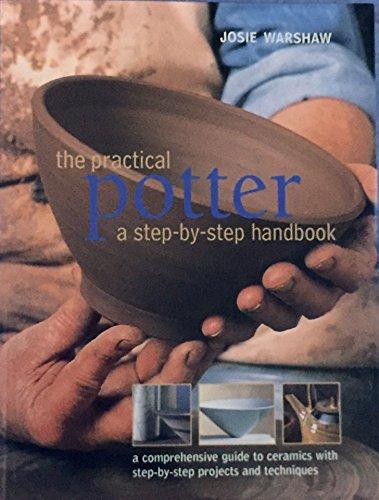
Pottery: it's fun to paint and messy to make!
Did you know that pottery is probably humanity’s oldest invention? Pottery has been around since before the Neolithic period in history! Pottery is art, but it also has many, many practical uses as well (probably the reason it has lasted so long!). Its uses range from cooking, to storing water and other drinkable liquids, to fermenting foods such as kimchi, to creating eating utensils, dishes, and even decorative and ceremonial vases. The options of what pottery can be used for are just about limitless.
So, what’s with National Clay Week? National Clay Week has been around for a while as well (though not even close to as long as clay itself has been in use). This celebration of craft started in 1950 and has continued in the U.S. from June 13th to the 19th every year since. So why clay and not some other material? Clay is malleable and can be molded into whatever shape we need it to become. This makes it super versatile for all areas, cultures, and climates. When baked, pottery becomes the Clark Kent of craft - unassuming and strong as heck! It's durable and impervious to organic materials that might otherwise be harmful to storage containers.
Did you know? There are four major types of clay used regularly by both professionals and amateurs alike: earthenware, porcelain, stoneware, and ball clay. Each has their own specific uses and strengths; it just depends on what you want to do with it.
So how can you get involved here in our own Cape Girardeau, Missouri?
- Paint pottery at Creative Ewe Pottery located on Christine St.
- Take a pottery class at Riverside Pottery.
- Visit the Crisp Museum at the River Campus and see some of the archaeological pottery finds. You might learn something new about the kinds of clay and pottery that can be found in our area.
Check out the “Featured Items” below for some cool book recommendations on pottery and clay crafting!

The Polymer Clay Artist's Guide
Contains three sections. The first covers the types of clay and other materials, tools and equipment, and setting up a workspace. The second section uses step-by-step color photographs to demonstrate the core techniques for working with polymer clay, including health and safety, baking, mixing, cutting and sanding. The Directory of Effects comprises the bulk of the book. Organized by color and then by technique, there are 100 polymer clay swatches with detailed captions identifying the technique used and cross-referencing to the page showing how to recreate it. As well, the captions give ideas for how the effect might be used in jewelry and other applications.

Metal Clay: the Complete Guide
Explore Metal Clay from Package to Project Metal clay's versatility and ability to be enhanced by every other known medium has broadened design possibilities for artists everywhere. Metal Clay The Complete Guide is the reference book every metal clay artist needs to have on the shelf for quick access to how-to information on a variety of subjects, Whether you are just getting started or have been working with metal clay or related materials for years, Metal Clay The Complete Guide is guaranteed to be the resource you turn to the most. - Goodreads.

The Art of Throwing
Throwing is more than a technique: in order for thrown pots to have meaning, it is vital that the integral role played by materials, process, context, and precedent is considered. This book places the practical nature of throwing pots into a wider perspective, beginning with a look at some historical examples that provide an inspiring background to the study. It then analyzes throwing as a form of expression, exploring ideas and the way artists develop them. The core of the book examines the processes, including clay preparation, beginning throwing, and developing skills. Step-by-step color photos follow the throwing of various pot types and capture delicate methods, such as the pulling of a handle. Lavish photos of finished work and interviews with leading potters then demonstrate the diverse ways in which throwing is used and the opportunities it presents. Learning the potter’s language of expression is a lifetime’s work, and this book provides a place to begin. -Goodreads.

Practical Pottery
An introduction to pottery. It’s never too late to pick up a new hobby, especially when you have a guide this simple to get you started. Potter and entrepreneur Jon Schmidt coaxes us into the world of pottery with a promise that we do not have to know everything about the complicated chemistry behind making pottery to enjoy it! By taking us back to the basics, Schmidt offers an introduction to pottery and a guide to creating functional pieces, along with insights into the business side of creating and selling your art.

Complete Pottery Techniques
"Covering every technique from throwing pottery to firing, glazing to sgraffito, this pottery book is perfect for both hand-building beginners and potting pros. Step-by-step photographs - some from the potter's perspective - show you exactly where to place your hands when throwing so you can master every technique you need to know. Plus, expert tips help you rescue your pots when things go wrong."--Amazon.com.
